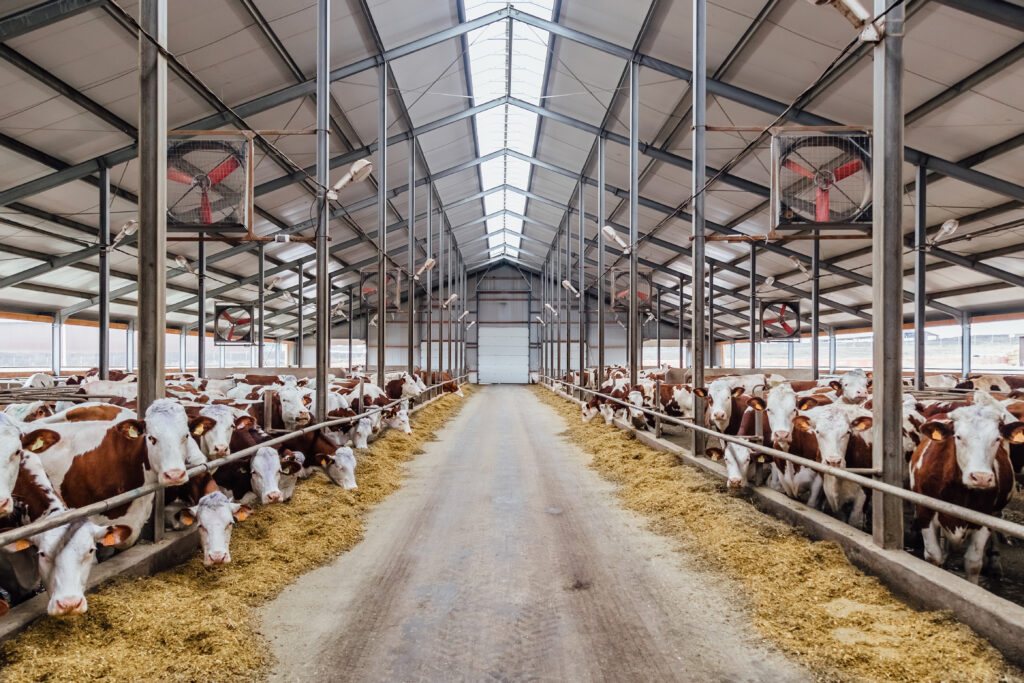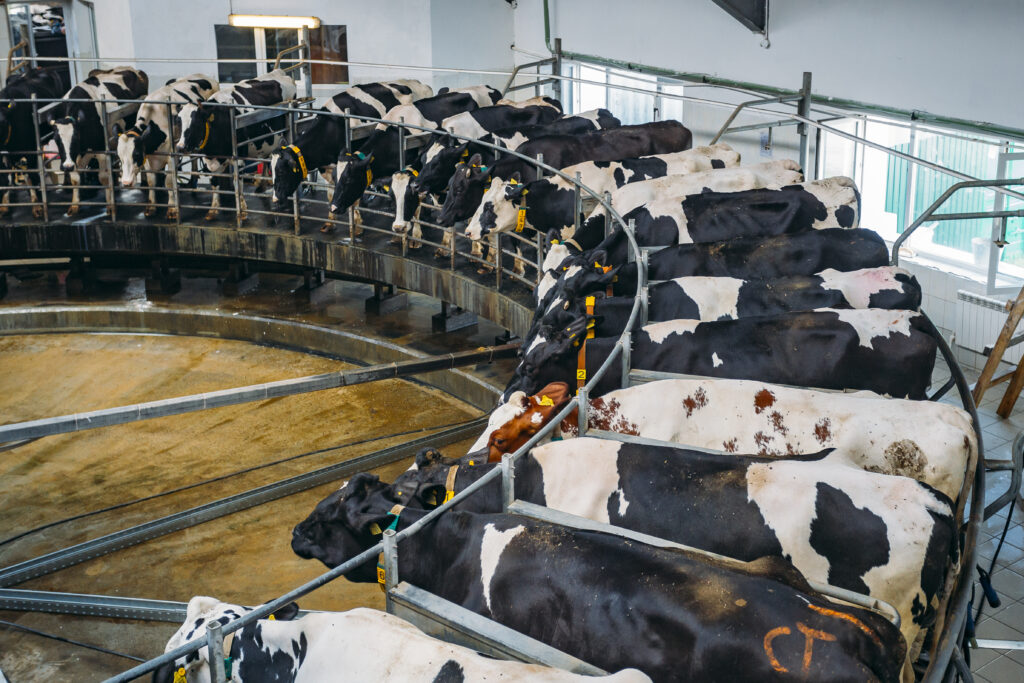Rather than focusing on reducing the number of animals raised and slaughtered each year, researchers at the University of California, Davis, and the Innovative Genomics Institute are embarking on a multiyear, approximately $30 million project to genetically modify the inner workings of cows’ stomachs, with the goal of preventing methane emissions. A 125-pound calf named Sushi is part of the initial phase of this experiment, and scientists aim to develop a pill that can permanently alter a cow’s microbiome when given to the animal at birth.
How do cows produce methane?
The largest chamber of a cow’s stomach, called the rumen, contains a microbiome that is home to single-celled organisms known as archaea. These organisms produce methane by breaking down hydrogen and carbon dioxide. Cows release the methane by burping, as they are unable to process the gas. Unlike a human stomach, which uses acid to break down food, in a cow’s rumen, microbes are responsible for all the digestive work. A single cow can produce between 154 and 264 pounds of methane annually. This means that 1.5 billion cattle raised for meat emit at least 231 billion pounds of methane into the atmosphere each year.
Currently, U.S. farms hold around 87.2 million cows. Like humans, cows are complex, sensitive animals, yet the meat and dairy industries often treat cows as if they were inanimate objects. Animal agriculture is also known for genetically manipulating farmed animals to be as useful to humans as possible, often with little regard for the animals’ well-being.


What are scientists trying to do?
In California, researchers are working on genetically altering the microbiome of cows to make them less harmful to the planet by preventing methane emissions. But this approach neglects the animals themselves.
Cows experience joy, loneliness, frustration, fear, and pain just like the dogs and cats who share our homes. Despite this, the meat industry subjects them to unspeakable cruelty, abuse, neglect, and violent deaths. In natural settings, they would spend their time grazing in fields and socializing, but at factory farms and feedlots—a type of animal feeding operation where cattle are “fattened up” before slaughter—these gentle animals are often kept in crowded, filthy, disease-prone conditions. They are also forced to endure excruciating mutilations, such as dehorning, branding, and castration, often without painkillers.


If the scientists succeed, what will that mean for farmed animals?
Altering cows’ microbiomes to decrease methane emissions not only fails to address the suffering of cows—it has no effect on the communities impacted by the meat and dairy industries.
Factory farms are known for their devastating impact on the environment and neighboring communities. These farms often keep animal waste in vast manure pits called “lagoons.” Manure lagoons can hold waste from thousands of animals. To get rid of the waste, factory farms sometimes use irrigation systems to spray animal feces and urine onto fields. With this disastrous method, the waste can wash into local waterways, poisoning fish and contaminating rivers with nitrogen and phosphorus. Besides harming the environment, factory farms dramatically lower quality of life for people living around them. Unfortunately, the consequences often fall on some of the country’s most vulnerable communities. Factory farms are often located near low-income communities of color, and many residents suffer from headaches, nosebleeds, breathing problems, heart conditions, and irritation to their noses and throats, as well as increased rates of depression, stress, and fatigue.
So what is the solution?
Rather than focusing on manipulating animals to meet our needs, we should move toward more plant-based, compassionate solutions to tackle the environmental impact of animal agriculture. Prioritizing the lives and safety of animals and communities impacted instead of concentrating on making cows more beneficial to humans is crucial. It’s time to take action for our planet and everyone who calls it home. Environmental solutions begin with us and the choices we make about what we eat. Cows—and all farmed animals—deserve so much better than this “solution.”
